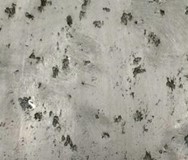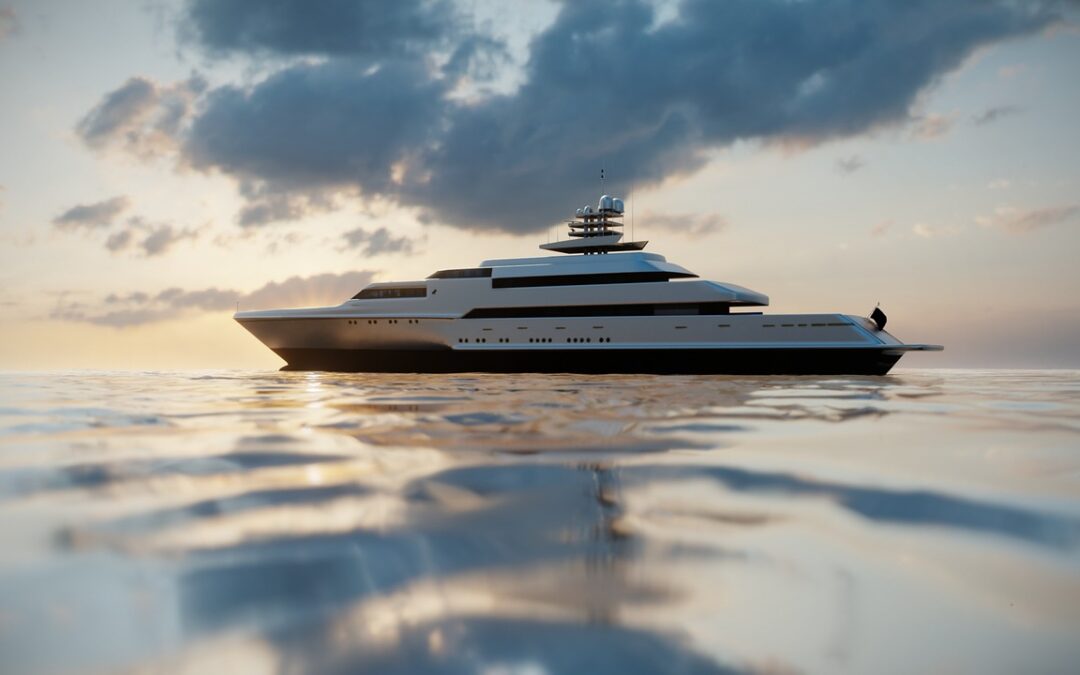Sailing smoothly: Ensuring the longevity of large yachts through Materials Mastery. Part1.
Avoiding material issues during the construction of large yachts involves using different materials, each with it´s potential problems, causes, and ways to prevent them. Knowing this details is essential for keeping the vessel safe, durable and fit for purpose. Let´s look into the main problems in the materials used for yacht newbuilding and how to prevent them. We´ll share examples of product and installation issues and discuss how to reduce the negative impact on the integrity and budget of the yacht by choosing and testing materials carefully. This is the first part of a series (Part 1 of 5) giving info and case studies about these issues.
Aluminium Superstructures.
- Main Failures in general: Corrosion, fatigue and cracking.
- Main Causes: Exposure to saltwater, galvanic corrosion and structural stress.
- Prevention: Choosing qualified marine-grade aluminium alloys, protective coatings, periodic corrosion surveys and following welding best practices.
Specific case study of the week: A 70m yacht´s superstructure corroded quickly by aggressive galvanic corrosion process due to inadequate aluminium alloy selection and installation. The failure was investigated in the laboratory to confirm the composition of the alloy which was vaguely specified as superior aluminium alloy resistance series 5000. At first instance the potential cause was suspected to be a paint system failure analysis or incorrect surface preparation. The laboratory test results indicated that the paint system met the intended purpose. However, the actual composition of the aluminium substrate used in construction exhibited metallurgical defects and did not align with the structure and properties required for the specific environment and sailing activity of the yacht. In addition severe crevice corrosion was found due to difference in oxygen concentration where this specific aluminium failed prematurely in such conditions. This mismatch accelerated the galvanic corrosion process in specific areas of the superstructure. Although Aluminium have shown historically that it´s resistance to corrosion is remarkable in marine service, some series of alloys and specially with specific metallurgical defects are not suited to this type of specific environment. Years of survey and testing of aluminium in marine applications have provided insights into such issues.
Recommendation to prevent this failure: Proper material selection choosing alloys with superior corrosion resistance with detailed material specification or certification approval. It´s recommended to compare during the new building project the data of the fingerprint certificate of the material with periodic compositional analysis in an independent laboratory. Ensure that the alloy is the proper, suitable, or free of metallurgical defects for the specific marine environment to avoid premature failures and extra maintenance costs. Other preventive measurements like improving design, insulation or the use of protective coatings can be recommended case by case.

Image showing an example of severe pitting attack in the aluminium surface.

